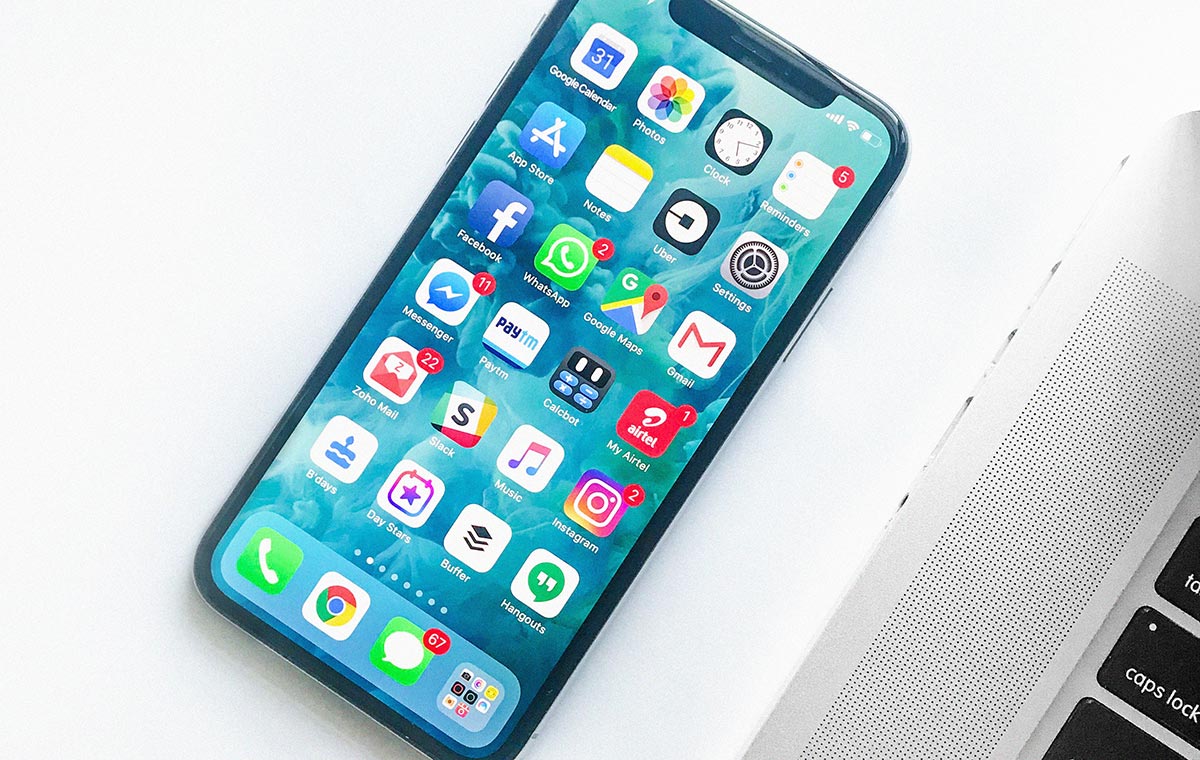Migrating your business communications to the cloud gives you fast, easy and effective access to your data and information. And while your business will save money and have less downtime, it can be confusing to know how it works. Put simply, the cloud is a number of servers in data centres that your business can use for data and information storage and software applications. These can include project management tools, email platforms and customer relationship management software.
Your business bottom line will thank you after you migrate to the cloud as you only pay for the resource usage you require. This gives you ease of scalability and the ability for your team to work remotely, at different locations or from home. When you have an effective cloud migration strategy, migrating to the cloud is simpler than you think.
What is excess data?
Excess data is charges incurred for the use of data in addition to your monthly plan allowance.
Many internet and mobile plans now offer data allowances that you can use on your phone or device to do things like browse the internet, send and receive email, and use apps like GPS, Twitter, and Facebook. Using such services can be useful and convenient, but they can also end up being expensive if you use them too much.
Many mobile plans will give you a fixed data allowance for a monthly fee. For example, for $80 a month, you might get 3 GB of data included in your plan. This means that as long as you only use 3GB of data or less, you shouldn’t have to pay anything more than $80 a month for data. However, if you go over the 3 GB allowance, you will be charged extra for the data you use. This can be charged at a much higher rate.
How much data do I need?
The amount of data you need depends on how often you use your devices and what you use them for. Below is a list of some actions that will result in “Heavy data usage.”
If you plan to regularly use your device for any of the above, you might want to speak to your service provider to ensure you have a larger data allowance to accommodate your needs.
How to manage your spend
There are a number of different ways that you can try and keep track of how much data you’ve used during a month to avoid hitting or exceeding your limit.
Online tracking tools:
Many mobile providers have online tracking tools that allow you to track your data usage during a billing period. Sometimes this information will be available when you log in to the provider’s website.
Some of the larger providers even have apps that you can download to your mobile, that let you check how much data you’ve used. Note: Some of these online portals can be up to 48 hours old.
Notifications:
Since September 2014, all mobile phone providers are required to provide you with spends management alerts. These are notifications that tell you when you hit particular milestones, like when you reach 50%, 85%, and 100% of your allocated plan usage.
How to reduce excess data charges
Keep an eye on your data usage using the above tools. If you find yourself approaching your allocated limit for the month you have a few options.
You can turn data off altogether, contact your provider to request a “Top-Up,” or consider a plan with auto data top-ups.
If you don’t know how much data you need or if you are unsure that you have the proper notifications set up, I would recommend getting in touch with your service provider. They can help you understand your current usage patterns and help you make an informed choice. They will also be able to verify if your notifications are being sent to your mobile or via email.



